- Joined
- Nov 12, 2012
- Posts
- 29,081
- Qantas
- Platinum
- Virgin
- Platinum
- Star Alliance
- Gold
Did the highline a few months back myself...did you climb the Vessel at the Hudson Yards end?
No.
Did the highline a few months back myself...did you climb the Vessel at the Hudson Yards end?
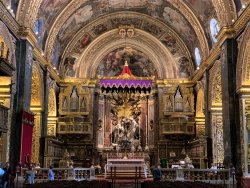
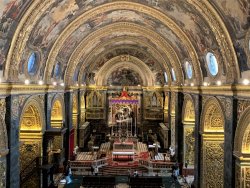
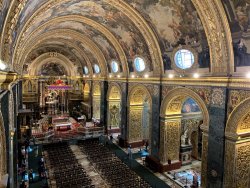
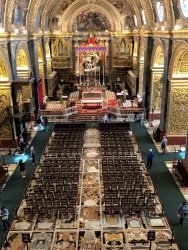
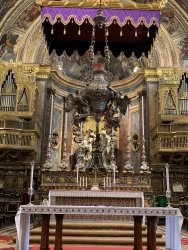
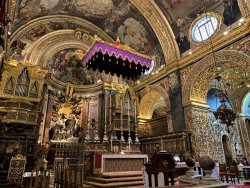
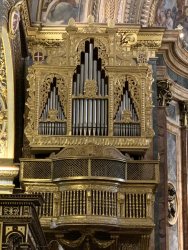
Oh oh.Italian tourists you say.Here's hoping you don't develop a dry cough.

What’s the cost of a flight to Malta?So I've just been to a fringe show that was a lot about Malta

Sh!t Theatre Drink Rum With Expats | Adelaide Fringe
WINNER of the Holden Street Theatres Edinburgh Fringe Award 2019 & The Scotsman Fringe First Award 2019. Celebrating their final year as Europeans, island-monkeys Becca & Louise got invited to the 2018 European Capital of Culture in Malta. They went ...adelaidefringe.com.au
I learnt the Maltese for cough was zobb and that Oliver Reed died at the pub in Valetta - see from Wikipedia below
According to witnesses, he drank eight pints of German lager, a dozen shots of rum, half a bottle of whiskey and a few shots of Hennessy cognac,[52] in a drinking match against a group of sailors on shore leave from HMS coughberland at a local pub called "The Pub". His bar bill totalled a little over 270 Maltese lira (almost 450 GBP; about 594.72 USD). After beating five much younger Royal Navy sailors at arm-wrestling, Reed suddenly collapsed, dying while en route to hospital in an ambulance. He was 61 years old.
Oh and they gave everyone a glass of Coopers beer when you came in and then a tiny tot of rum and the rum was cough
I learnt the Maltese for cough was zobb and that Oliver Reed died at the pub in Valetta - see from Wikipedia below
I’ve said it before - I live a very sheltered life.
And King George IV awarded the whole Island Community the George Cross for their resistance to the Germans in WW2.So, what's the story with Malta? I didn't know much beforehand, except that it used to be home of the Knights of St John, a British colony, and that Napoleon visited once and, of course, it was a true cross-road of the Mediterranean, so I expected an interesting history.
Interesting ... an understatement!! At several locations on the island, there are structures of carved stones dating back to 3,500 BC!! That's older than the Pyramids of Egypt. First habitation was about 5,000 BC when people crossed from Sicily.
Since then, the place has been occupied by the Phoenicians, Carthaginians, Romans, Greeks, Arabs, Normans, Aragonese (ie region of France), Knights of St. John, French, and British.
I liked the Phonetician and Cartheginian aspect, as it compliments my visit to Carthage (Tunisia) and Sardinia, although I don't think there's much Phonetician here now. They were here between 800 and abt 200 BC before the Romans turfed them out (here and elsewhere!) The Romans lost out to the Vandals who in turn were replaced by the Byzantines from the 4th to the 9th century. Who's next? Oh, it was the muslim Aghlabids from North Africa (first time I've come across them!) . Then the Normans invaded in 1091 (sorta fresh from invading Britain, at the other end) The Kingdon of Sicily then took over. In 1530, Charles V, the Holy Roman Emperor, gave the islands to the Order of Knights of the Hospital of Saint John of Jerusalem ('Knights Hospitaller', or the Order of St John) who had recently been turfed out of their home of Rhodes.
From Wikipedia:
The Hospitallers arose in the early 11th century, during the time of the Cluniac (or Benedictine) Reform, as a group of individuals associated with an Amalfitan hospital in the Muristan district of Jerusalem, dedicated to John the Baptist and founded around 1099 by Gerard Thom to provide care for sick, poor or injured pilgrims coming to the Holy Land. Some scholars, however, consider that the Amalfitan order and hospital were different from Gerard Thom's order and its hospital.
After the conquest of Jerusalem in 1099 during the First Crusade, the organisation became a military religious order under its own papal charter, charged with the care and defence of the Holy Land. Following the conquest of the Holy Land by Islamic forces, the knights operated from Rhodes, over which they were sovereign, and later from Malta, where they administered a vassal state under the Spanish viceroy of Sicily. The Hospitallers were one of the smallest groups to briefly colonise parts of the Americas: they acquired four Caribbean islands in the mid-17th century, which they turned over to France in the 1660s.
...
By the end of 1522, Suleiman the Magnificent, the Ottoman Sultan, had forcibly ejected the Knights from their base on Rhodes after the six-month Siege of Rhodes. From 1523 to 1530 the Order lacked a permanent home. They became known as the Knights of Malta when, on 26 October 1530, Philippe Villiers de L'Isle-Adam, Grand Master of the Knights, sailed into Malta's Grand Harbour with a number of his followers to lay claim to Malta and Gozo, which had been granted to them by Holy Roman Emperor Charles V[6] in return for one falcon sent annually to the Viceroy of Sicily and a solemn Mass to be celebrated on All Saints Day. Charles also required the Knights to garrison Tripoli on the North African coast, which was in territory that the Barbary Corsairs, allies of the Ottomans, controlled. The Knights accepted the offer reluctantly. Malta was a small, desolate island, and for some time, many of the Knights clung to the dream of recapturing Rhodes.
Nevertheless, the Order soon turned Malta into a naval base. The island's position in the centre of the Mediterranean made it a strategically crucial gateway between East and West, especially as the Barbary Corsairs increased their forays into the western Mediterranean throughout the 1540s and 1550s.
In 1565, the 'Great Siege' occurred (click the link - its worth a read!), when the Ottomans tried to invade, but were eventually repelled. This is a monumental event in the island's history, with references to it everywhere.
Napoleon landed in 1798 on his way to Egypt (Battle of the Nile) and took over from the Knights and basically looted the place to help pay for his war. The Maltese appealed to the Brits against the French and the Brits made themselves at home from 1800. It became a colony in 1814 until Independence in 1964. It became a republic in 1974 and joined the EU in 2004.
Whew. And to think I've only got 2 full days here. Ridiculous. I'm just about to leave as I write this, but I'll definitely be back. There are 2 main islands - Malta and Gozo to the NW; I barely got out of greater Valletta on this trip; 10 days would be good next time.
AFF Supporters can remove this and all advertisements
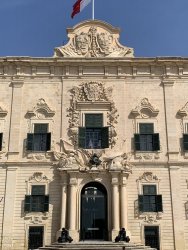
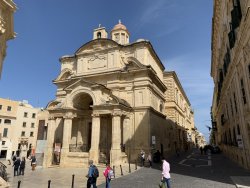
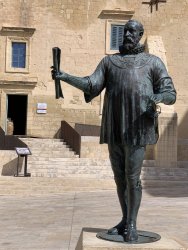
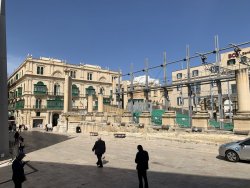
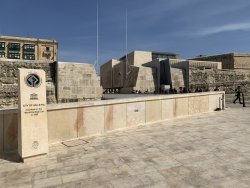
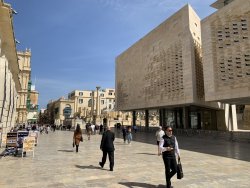
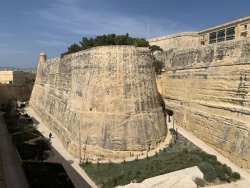
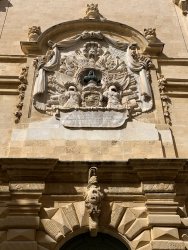
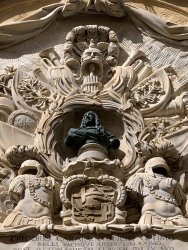
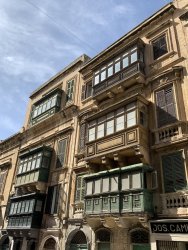
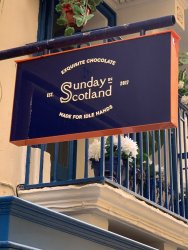
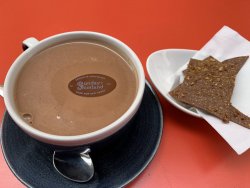
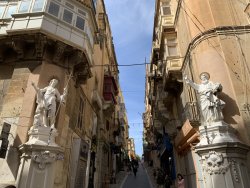
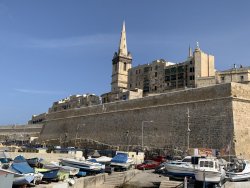
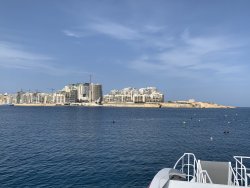
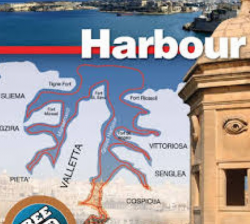
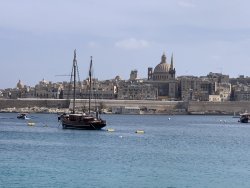
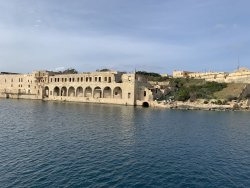
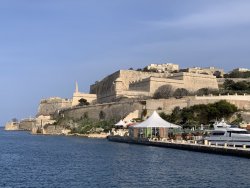
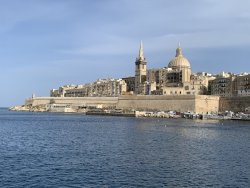
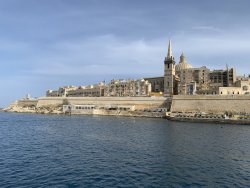
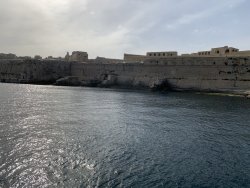
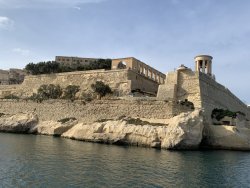
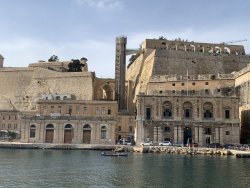
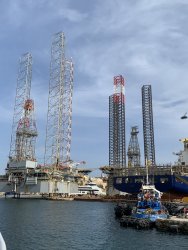
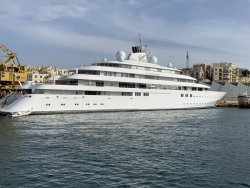
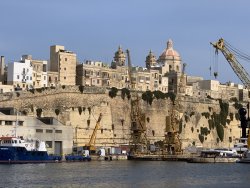
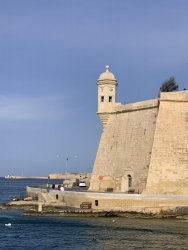
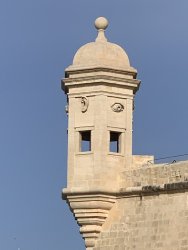
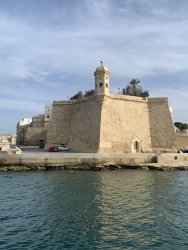
I have always told MrsM something like this was also my Plan B.Continuing on, drooling ...
View attachment 209039

